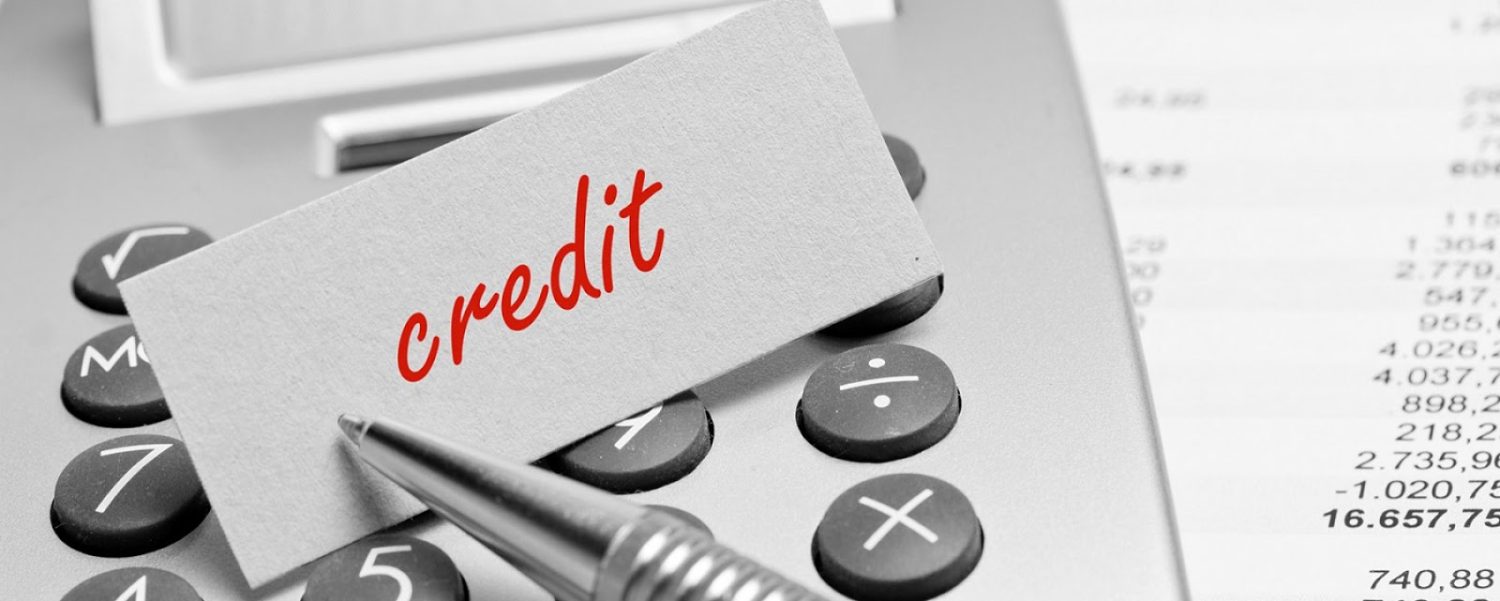As Joe Biden announced the details of his plan to help those with student loan debt, Kat Welbeck wrestled with the idea. For millions of Americans, the unprecedented relief would be “life-changing”, especially for low-income and Black and Latino Americans, who are disproportionately saddled with decades-long debt, she said.
But the plans’ income cap on who can receive cancellation, and its unclear bureaucratic process for Americans seeking debt relief could perpetuate the inequities that underpin the nation’s student loan system, Welbeck, director of advocacy and civil rights counsel for the Student Borrower Protection Center, said.
Student loan forgiveness: what you need to know about Biden’s planRead more
“While a $10,000 cancellation is so meaningful for millions of student loan borrowers, there’s a lot that’s still to be done to fix this student debt crisis,” Welbeck says.
On Wednesday, the White House released its long-anticipated plan on how to tackle the nation’s mounting $1.6tn student loan debt, accounting for more than 43 million people, with almost a third owing less than $10,000, according to federal data.
The initiative would cancel up to $10,000 in debt for borrowers who earn less than $125,000 a year ($250,000 for married couples). Borrowers whose low income level qualified them for a Pell Grant will receive up to $20,000 in relief. The White House also extended a pause for “one final time” on student loan payments through January.
The White House has projected that the plan would eliminate full debt balances for 20 million Americans and that 90% of debt relief dollars would go toward people with incomes less than $75,000. The White House also touted it as an effort to “advance racial equity”, pointing to its targeted relief for those who received Pell Grants. Officials noted that Black Americans were twice as likely to receive such grants as white Americans.
Senator Elizabeth Warren, who, like others, have advocated for cancelling at least $50,000 in student debt, praised the administration’s plan as “transformative for the lives of working people all across the country” and would “help narrow the racial wealth gap among borrowers”.
Still, some argue that the cancellation of just $10,000 for most borrowers would fail to substantially affect the racial disparities within the student loan system. Black and Latino borrowers disproportionately come from poorer households and, as a result, take on more debt than white Americans. At the same time, white American households have, on average, 10 times the wealth of Black households.
Derrick Johnson, president of the NAACP, which had been advocating for cancellation of $50,000, wrote in an op-ed that Biden’s plan would “do little to help” Black Americans who, on average, hold nearly twice as much student debt as white borrowers. “Canceling just $10,000 of debt is like pouring a bucket of ice water on a forest fire,” he said.
Canceling $10,000 in student debt when the average white borrower is $12,000 in debt, while Black women hold on average over $52,000 isn’t just unacceptable, it’s structural racism.
— Nina Turner (@ninaturner) August 23, 2022
The emphasis on income in the White House’s cap represents a possible barrier that could exclude borrowers of color who meet the income threshold yet their families lack the wealth to tackle the debt, Welbeck says. A June 2020 report from the Student Borrower Protection Center found that 90% of Black Americans and 72% of Latino Americans took out student loans, a far cry from the 66% of white Americans.
And 20 years after graduating college, the median Black borrower still owed 95% of their original debt while the median white borrower paid down the same amount. For Latinos, after 12 years, they owed 83% of their original debt, more than the white borrower over the same time.
Given that Black and Latino Americans typically earn less than white Americans, borrowers of color will start from behind without the intergenerational wealth available to reduce the debt they already hold.
“So if you’re already coming from a lower-wealth household, you now have more debt, and then that cuts into opportunities for you to build wealth for the next generation,” Welback says. “You might see higher-income households that are Black or Latino, but that does not take away the fact that you still have those wealth disparities.”
Student loan forgiveness: what does it mean for the US debt crisis?Read more
Historically, the education department has complicated access to loan forgiveness through the programs it creates, such as the Public Service Loan Forgiveness program for non-profit and public service workers seeking relief and the borrower defense program for those who were defrauded by predatory for-profit colleges.
The White House initiative does nothing to address private student loan debt, which accounts for more than $140bn in debt. Although Latino borrowers were more than twice as likely to report struggling with private student loan debt as white borrowers, Black borrowers were a staggering four times as likely to fall behind on private debt payments, according to the Student Borrower Protection Center.
An application process could make it harder for people to access relief, Welbeck says. But recent decisions by the education department to automatically discharge debts for hundreds of thousands of students who attended ITT Technical Institute and Corinthian Colleges, two for-profit college chains that imploded, show that a widespread relief without bureaucratic hurdles is possible. The two debt cancellations at the for-profit institutions amounted to roughly $10bn affecting more than 700,000 students.
“The student debt crisis is a result of the longstanding history of racial discrimination that we have in our country, and it continues to perpetuate them,” Welback says. “So until we address student debt as a civil rights crisis, we’re not going to be able to make meaningful gains toward equity.”






Leave a Reply
You must be logged in to post a comment.